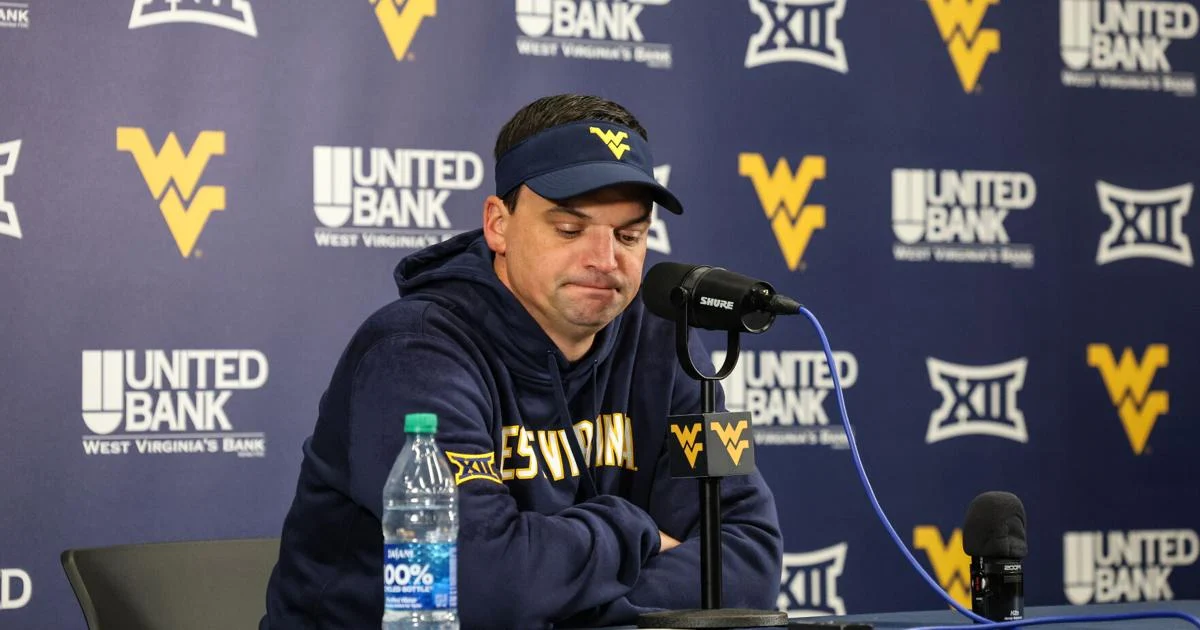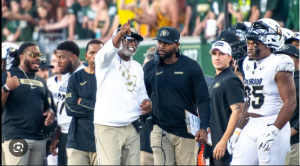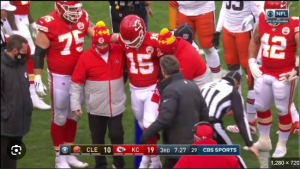
QB Garrett Greene Emerges as WVU’s Two-Minute Specialist.
Earlier this week, Coach Neal Brown addressed some of the unpredictable aspects of quarterback Garrett Greene’s gameplay.
“There are pros and cons to that,” he noted during his weekly media session on Monday. “As a play caller, especially during Saturday’s game, I felt our best option was to spread the field and use plays that were essentially one or two runs. While that’s not always ideal, it allows him to play to his strengths.
“There are moments that frustrate me,” Brown admitted, “but he also makes plays that I can’t teach. I can’t coach him to break tackles, so there’s a balance there.”
For some fans, watching Greene is reminiscent of Major Harris improvising on the field. Although Harris sometimes drove Coach Don Nehlen crazy by going off-script, those mistakes occasionally led to touchdowns.
When Harris played to his strengths, he excelled; when he tried to emulate Andre Ware, as some suggested, he struggled. The same could be said for Pat White after Rich Rodriguez left for Michigan. Both players come to mind when discussing Greene, who has his own effective style.
“Some people think they know what high-level quarterback play looks like,” Brown pointed out. “To me, it’s about scoring points and moving the ball. Garrett does that in a way similar to Lamar Jackson, though I’m not comparing them directly. Jackson is arguably the best running quarterback in NFL history, and he plays differently than Tom Brady. As the game evolves, quarterbacks have more freedom, and I’m okay with some of the improvisation that comes with it.”
When West Virginia fell behind by 11 points with under five minutes left in last Saturday’s 34-28 win over Kansas, Brown believed the best strategy was to spread the field and let Greene make plays.
“I know he’ll take some liberties, and I have to be fine with that,” he said. “In the two-minute drill, I told him what we’d run, and if he decided to run, that was fine—just keep his focus where it should be. He’s a playmaker who can still improve as a passer.”
While it might be tempting to run a two-minute offense throughout the game and turn Greene into a constant playmaker, Brown emphasized that it’s more complicated than that.
“It creates challenges for the defense, and it takes a physical toll on Greene, who weighs only 195 pounds. He carried the ball 17 times against Kansas and took hits while passing, so he was icing his body after the game,” he explained.
“If we do that all the time, it makes things tough on our defense. Opponents are going to prepare primarily for our run game and the quarterback run, not just the two-minute offense.”
Brown wants to see more consistency from Greene, particularly with his footwork. With a third of the season already gone, he believes improvement is possible.
“If he consistently focuses on his footwork, his completion percentage would be higher,” Brown said. “I’m fine with him running around, but in the pocket, he needs to be fundamentally sound. He throws deep balls exceptionally well, but for rhythm throws, he needs to maintain proper technique.”
Thus, expecting Greene to operate solely in a two-minute offense isn’t realistic.
“Is what we did on Saturday a long-term solution? Probably not, but it was the right approach for that game since we spread the field, created favorable matchups, and opened running lanes for him,” Brown concluded.







